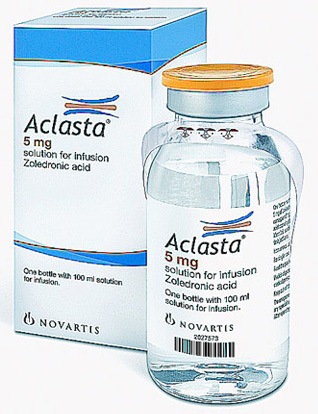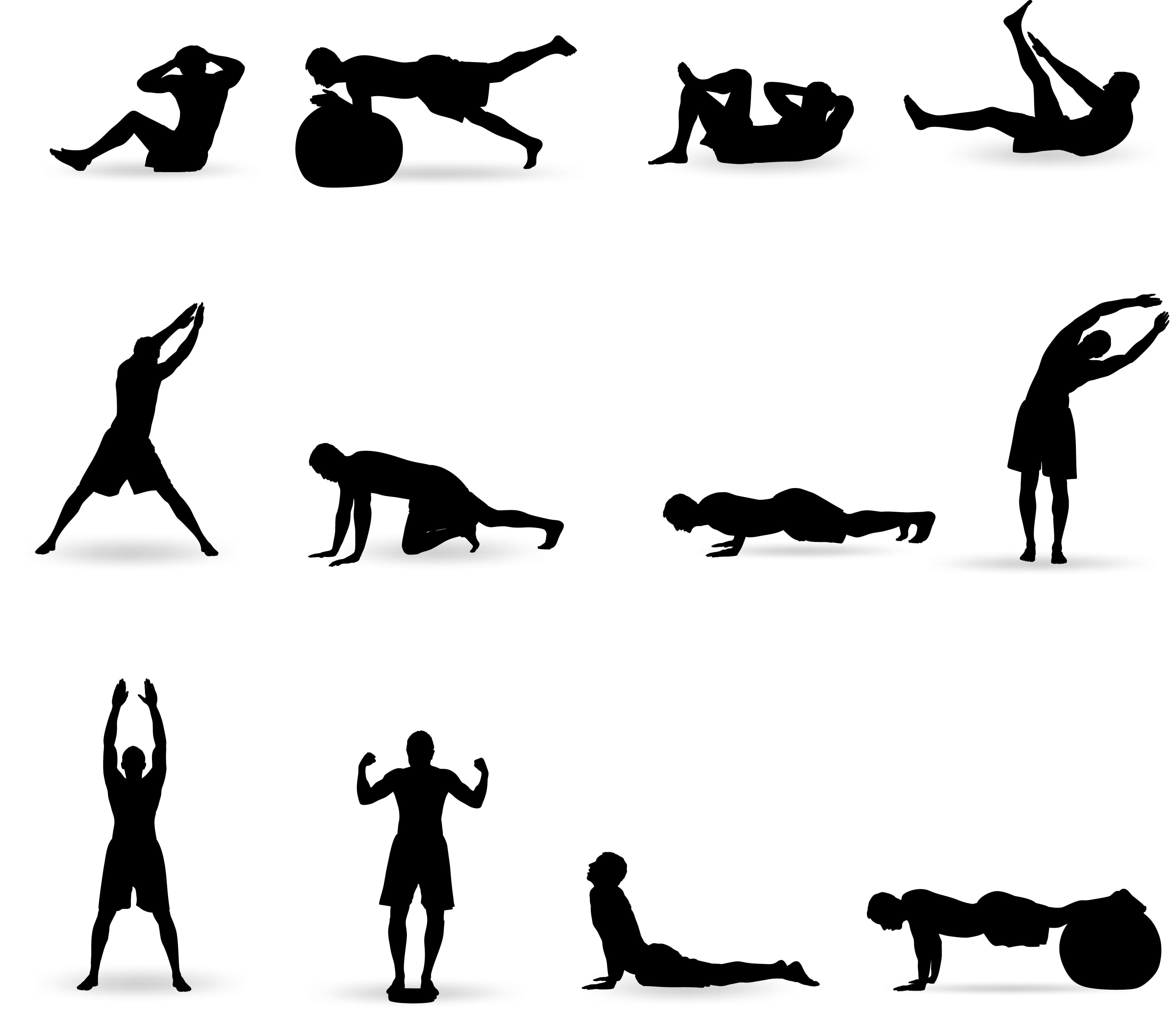Bone remodeling
In order to
cure osteoporosis, we have to take a closer look to what our bone does. Bone is
actually a living tissue that constantly generate new bones while replacing old
bones. Bone remodeling is the process where bones are continuously generated to
replace the old bones. It consist of 2 different stage, bone resorption and
bone formation.
Bone
resorption, is also known as the breakdown or removal of bone, requires special
cells to occur. For example, osteoclasts which will appear on the bone’s
surface and dissolve bone tissue and creates small cavities. While bone
formation requires osteoblast to form new bone tissues. Normally, the rate of
bone resorption and bone formation should be the same. In osteoporosis, the
rate of bone resorption happens much more quickly than the rate of bone
formation hence resulting in loss of bone mass.
Why is it that
osteoporosis occur so much common in postmenopausal period in women?
This is because
in woman, osteoclast activity will increase due to a decrease level in
estrogen, this result in further net loss of bone mass hence causing more
serious scenarios of osteoporosis.
Is it possible
to use estrogen therapy to cure it since estrogen is a cause of osteoporosis?
Well, it is not
totally impossible, but when estrogen is taken alone, it can cause an increase
of risk for the woman to develop cancer at the uterine lining, or called
endometrial cancer. One way to reduce this effect is too add in progesterone as
well. There can also be side effects such as vaginal bleeding, breast tenderness
and gallbladder disease.
Different types
of medication
Basically we
can sum up to 2 types of medication. One of it is antiresorptive medication. Aclasta,
the drug that I mentioned in the previous post belongs to this group. They slow
down the rate of bone loss. While the rate of bone loss is slowed down, this
allow the body to have enough time to synthesize new bones to replace the old
bones, hence may cause to the bone density to increase bits by bits.
Another type of
drug is called the anabolic medication. One example would be the Teriparatide. It
is a form of parathyroid hormone that can increase the rate of bone formation. By
boosting the rate of bone formation, it will not cause the bone tissue to
weaken, hence preventing osteoporosis.
What happens in
the long time after taking the drugs?
Past studies of
bisphosphonates such as Aclasta, suggests that after stopping the intake of
such drugs, the effect of it may continue for several years as the drugs can
remain in the bone for a long time.
References
http://www.medicinenet.com/script/main/art.asp?articlekey=11794
http://nof.org/articles/22
http://www.osteoporosistreatment.space/tag/aclasta
http://www.royalmedical.in/osteoporosis-drugs.html
https://www.youtube.com/watch?v=0dV1Bwe2v6c
https://www.youtube.com/watch?v=0dV1Bwe2v6c










